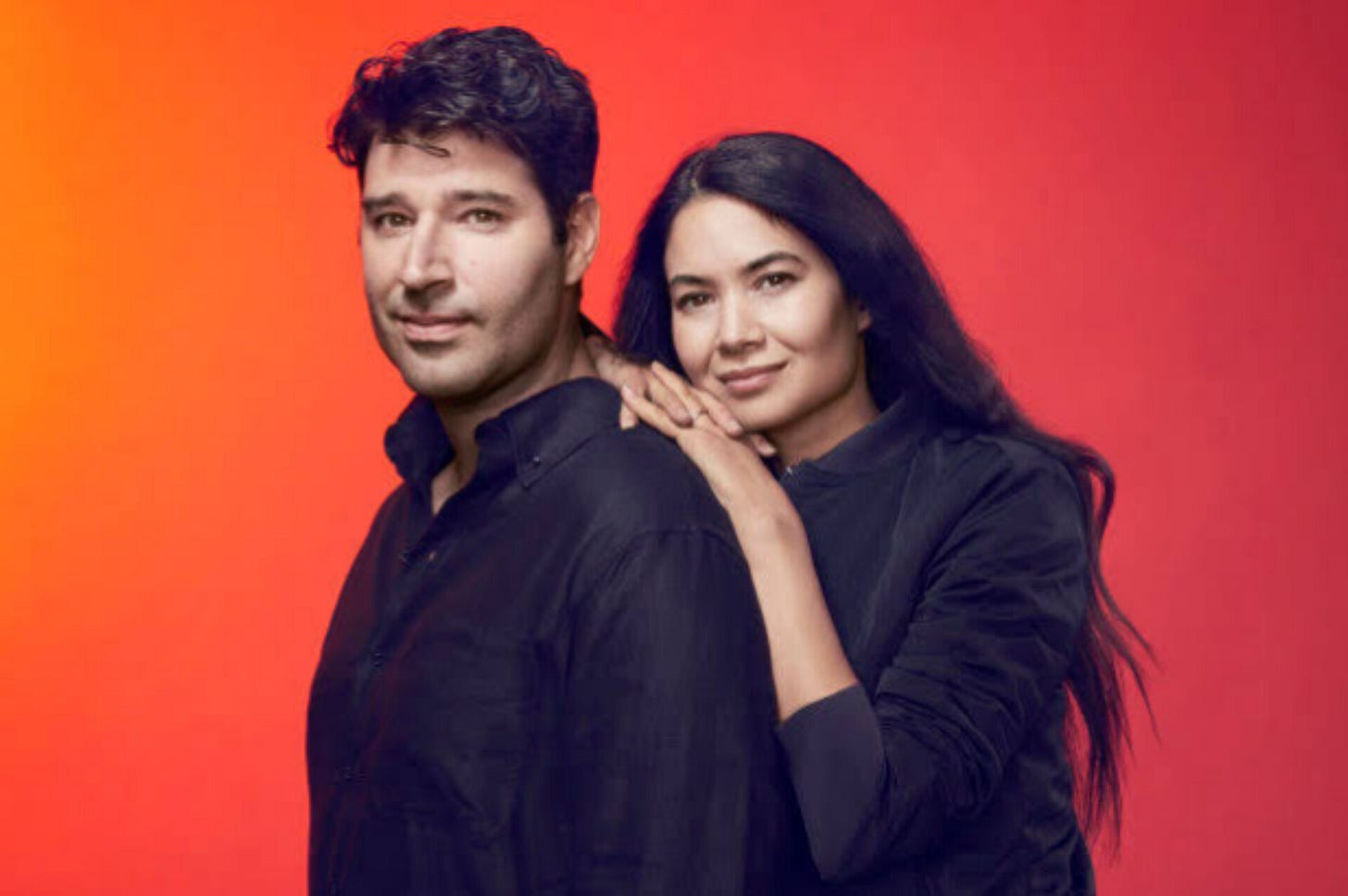The story of Canva begins not in a glossy boardroom or a tech hub but in the humble setting of a university dorm room in Australia. Melanie Perkins, a young design student, was frustrated by how difficult it was to use traditional design software like Adobe Photoshop. She noticed that many others felt the same way. The complex tools were daunting for most users, and the steep learning curve limited the number of people who could create professional-looking designs.
Determined to solve this problem, Melanie, who was only 19 at the time, began working on Fusion Books, an online platform that allowed students and schools to easily design and print yearbooks. This was her first venture into simplifying design for non-professionals.
Enter Cliff Obrecht, Melanie’s then-boyfriend, now husband. Cliff, with his natural entrepreneurial flair and unshakable confidence, jumped on board to help scale Fusion Books. Cliff handled the business side while Melanie focused on the product, a dynamic that would eventually define their partnership. Together, they hustled hard—pitching to schools, expanding their customer base, and learning the ins and outs of running a business.
But Melanie's vision was much bigger than yearbooks. She dreamed of creating a platform that would democratize design across the globe. Canva would be an easy-to-use tool for everyone, no matter their design skills. So, in 2012, Melanie and Cliff decided to turn that dream into a reality.
At the time, breaking into the tech world seemed almost impossible, but the couple’s sheer determination and complementary skills made them a formidable team. Melanie, the visionary and product leader, was always focused on creating something that people truly needed. Cliff, the extroverted hustler, brought energy, enthusiasm, and an uncanny ability to rally people to their cause.
But it wasn’t smooth sailing. They faced rejection from countless investors, particularly in Silicon Valley, where the tech elite didn’t see potential in a simplified design platform. Despite the setbacks, Melanie and Cliff were relentless. Their grit paid off when they finally secured investment from Silicon Valley-based Bill Tai, who believed in their vision. This breakthrough not only gave them capital but also credibility.
As Canva began to take shape, Melanie and Cliff’s relationship evolved in parallel. Their partnership was built on mutual trust and respect, with each of them owning different parts of the business. Melanie remained the product mastermind, ensuring Canva’s ease of use, while Cliff took on fundraising, partnerships, and expansion. Their complementary strengths allowed them to grow Canva rapidly without getting in each other’s way.
Canva officially launched in 2013, and within months, it became a massive success. The platform’s simplicity attracted millions of users who had long been intimidated by design. Canva’s growth exploded, thanks largely to word-of-mouth, making the startup one of Australia’s fastest-growing tech companies.
As their business grew, so did their relationship. Melanie and Cliff married in 2021 in an intimate ceremony that reflected their down-to-earth approach to life and business. Together, they have built Canva into a design powerhouse valued at over $25 billion, used by hundreds of millions of people worldwide. They continue to lead the company with the same dynamic balance they’ve always had—Melanie as the product-focused CEO and Cliff as the strategic, growth-oriented COO.
At the heart of Canva’s success is a story of two people who believed in each other and their vision, overcoming countless obstacles with resilience, grit, and an unbreakable partnership. Their journey from a small yearbook startup to a global design empire proves that when the right people come together, they can change the world—one design at a time.
Join us: ➡️ Instagram | Telegram | X ⬅️




